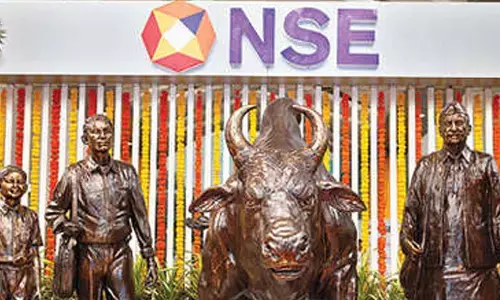Low back pain: A physiotherapist's view

Low back pain: A physiotherapist's view
Dr G Sravan Kumar from Physioshine Physio Rehab, Hyderabad speaks about Low back pain
Pain is an unpleasant sensory and emotional experience associated with, or resembling that associated with actual or potential tissue damage. Pain is always a personal experience that is influenced to varying degrees by biological, psychological, and social factors.
Low Back Pain (LBP) is defined as "pain and discomfort, localized below the costal margin and above the inferior gluteal folds, with or without leg pain"
Low back pain (LBP) is the leading cause of disability globally and inability to work and expected to affect up to 90% of people at some point in their lives. It is the largest disability contributor in the past few decades have occurred in low-income and middle-income countries, including in Asia, Africa, and the Middle East, where health and social systems are poorly equipped to deal with this growing burden in addition to other priorities such as infectious diseases.
Causes of low back pain
For the vast majority of people with low back pain, it is currently not possible to accurately identify the specific nociceptive source. Thus, most low back pain is termed non-specific. The exact causes of LBP are always hypothetical questions. Although diagnostic & clinical tests are unable to accurately identify the source of most low back pain, Many Imaging findings identified in people with low back pain are also common in people without such pain, and their importance in diagnosis is always a source of much debate. Nevertheless, at least in younger people nowadays.
Physiotherapy Assessment
The first aim of the physiotherapy examination for a patient presenting with back pain is to classify the patient according to the diagnostic triage recommended in international back pain guidelines.
Serious (fracture, cancer, infection & ankylosing spondylitis) and specific causes of back pain with neurological deficits (radiculopathy, caudal equina syndrome) are rare, but it is of utmost importance to screen for these conditions. When serious and specific causes of low back pain have been ruled out, individuals are said to have non-specific (or simple or mechanical) back pain. Physiotherapy assessment aims to identify impairments that may have contributed to the onset of the pain or increase the likelihood of developing persistent pain. These include
a) Biological factors (Weakness, Stiffness),
b) Psychological factors (Depression, Fear of Movement & Pain Catastrophization)
c) Social factors (Work Environment)
d) Lifestyle factors (Smoking, Obesity, No/low levels of physical activity, Improper Nutrition).
Physiotherapy Treatment:
l Common usage of electrotherapy equipment in relieving pain and radicular symptoms should never be underestimated.
l People often feel strained, irritated, or worthless in regard to Physiotherapy exercises during their treatment sessions. So, Educate, Emphasize & prioritize the exercises. It is not just, the then treatment but also the everlasting. The exercise comprises a combination of strengthening, stretching, and core-building exercises that aim to:
l Activate and train the muscles surrounding the spine to provide better support and stability to the lower back.
(Phone No: 9000882868, 9000894989)

















